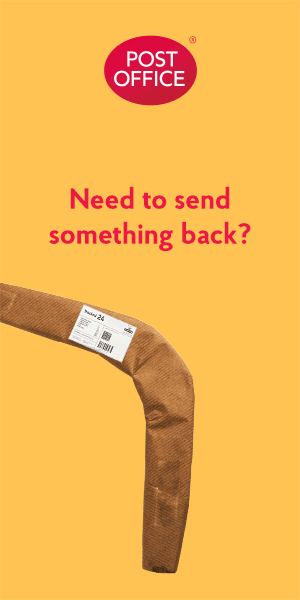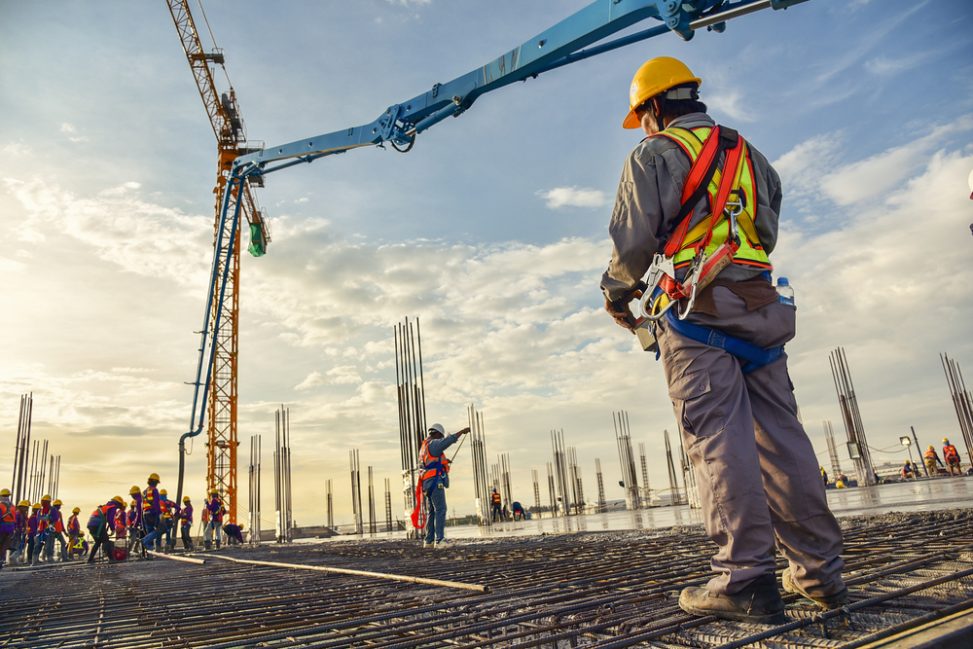Working in construction inevitably equates to handling heavy machinery. Although operators may be adept in making this look like a breeze, in reality it’s no easy feat and it comes with a whole range of challenges – especially when it comes to health and safety. For this reason, it is always important to ensure that your staff are on top of their training and that your machinery is in full working order in order to avoid the all-too-common mishaps and accidents that occur on construction sites every day. Whilst it is impossible to guarantee that accidents or injuries will not occur, there are a number of factors which you can put in place to minimise risk for your machinery and workers. Here, we will run through some of the best ways in which you can ensure your site is safe and operational.
Training
All operators of heavy machinery should hold the appropriate licences and complete the necessary training in order to handle the machinery safely. It is important to ensure that training is maintained throughout their careers and that any new or unfamiliar pieces of machinery are introduced alongside full training and instructions. By having skilled and qualified operators on board who are up-to-date with all the latest changes in the machinery, you can ensure the safety of your workers and site alike. Workers should be fully trained in all aspects of health and safety to ensure that they are aware of any peculiarities on-site and of any safety procedures or blind spots when operating the machinery. If they need training in health and safety or more specifically first aid, they could visit a centre like Coast2Coast First Aid & Aquatics in London to get the relevant qualifications.
Insurance
As we have touched upon, it is impossible to prevent accidents one hundred per cent, which is why insurance continues to be an essential factor when it comes to site safety. For your workers, it is important to have employee liability insurance, whilst for your equipment it is essential to have equipment insurance. Not only does equipment insurance mean that your machinery can be replaced quickly without cost to your business in the event of a breakdown, it also means that any minor issues can be repaired quickly and efficiently without having to consider cash flow. This means that your onsite machinery is safer to operate and more effective when it comes to getting the job done.
Safety on Site
There are many factors that can contribute to safety on site. First of all, it is important that all employees and visitors are appropriately dressed. They should wear hard hats and steel-toed boots to protect themselves in the event of falling debris or other hazards. They should wear high visibility vests so that they can be easily spotted by machine operators or those working at a distance. Machine operators should also always wear a seatbelt when operating equipment. Nowadays, there are technologies for industrial wireless machine control, which allows you to control equipment via remote control, reducing the risk of on-site accidents. Communication on site is also important – there should be site managers on hand to ensure the safe passage and operation of any heavy machinery and radios should be used as a means to communicate between teams. There should be barriers and bollards in place, like those found at https://protogetic.com/marketplace/vehicle-barriers/ to prevent any public from entering dangerous areas and to cordon off the site so that the workers have space to do their job in peace. They may also be needed to direct traffic if the site is by a busy road.
Building sites can present many dangers, which is why you must put the appropriate safety measures in place to ensure that your machinery is operated with due care and attention.


